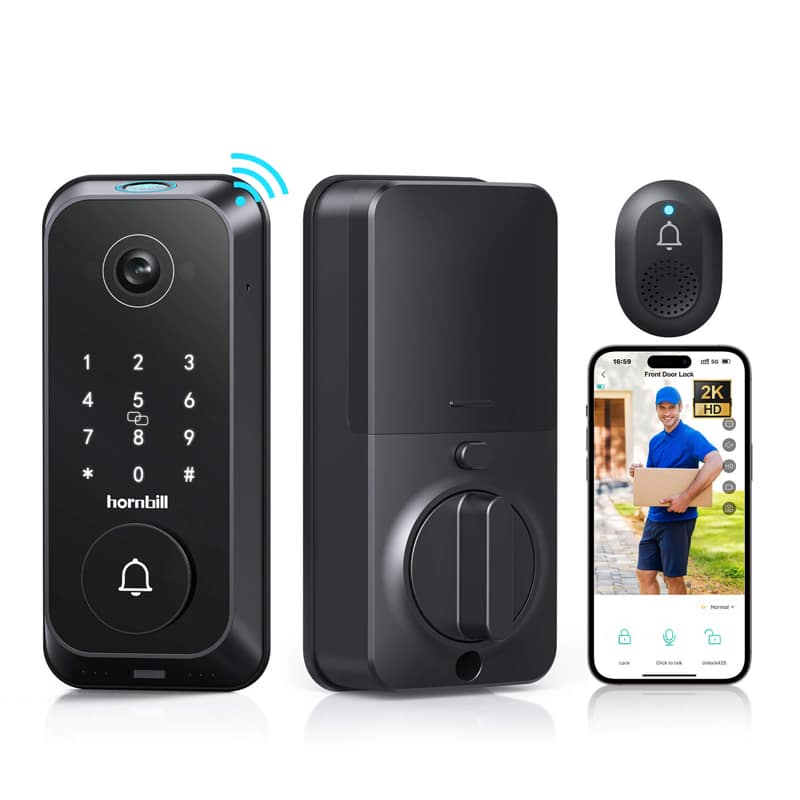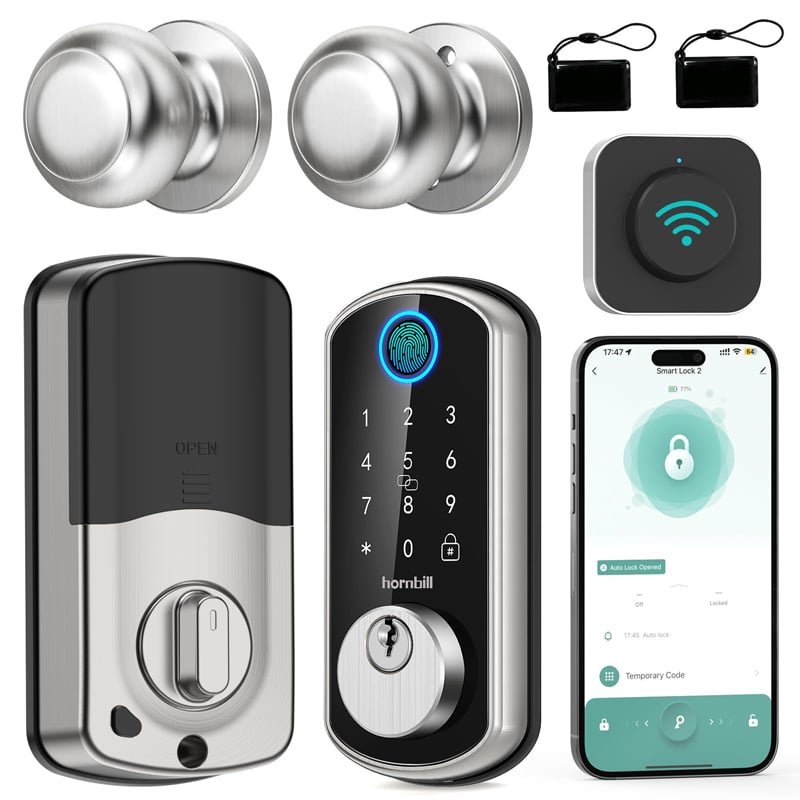In the vector of home security systems, one development making waves in this contemporary age is the fingerprint deadbolt door lock. This keyless technology, by utilizing the unique physiology of individuals, is redefining security practices, by bringing increased convenience and enhanced security to homes and offices alike.
A fingerprint deadbolt door lock centers on biometrics, specifically, the use of fingerprints. They function by replacing the traditional key or numerical code with the unique print patterns found on a user’s finger, removing the worry of misplacing keys or forgetting passwords. Essentially, your ‘key’ is always at your fingertips.
The working principles of these locks are quite fascinating. They identify the patterns created by ridges and furrows on one’s fingerprints, which are unique to each person. These patterns are then translated into a digital signal, which the system can match with stored prints that have access. This means that only pre-approved fingerprints would have the key to unlocking your abode, offering unparalleled door security.
Smart door knob fingerprints aren’t just for heightened security; they are user-friendly too. They can accommodate households with children or older adults, who may struggle with traditional locks or forget numerous passwords. A single tap or swipe can lock or unlock the door, easing the frustrations of traditional keys or evolving digital codes.
Modern-day fingerprint deadbolt door locks also feature the ability to store numerous fingerprint data, permitting access to different members of a family or workplace while restricting unauthorized access. Some systems even maintain access logs, recording each unlocking event with details about time and user, proving significantly beneficial to maintaining security protocols in a professional setting.
However, every promising technology comes with its inherent challenges. In the case of fingerprint door locks, these challenges might include susceptibility to dirt, aging, or minor injuries that temporarily modify the user’s fingerprints. Also present is the microscopic possibility of high-level fraudulent activities mimicking one’s fingerprints. And yet, with constant technological advancements, these loopholes are being steadily addressed, assuring increased reliability of these systems.
The evolution of smart lock door fingerprint technology represents a substantial leap in home security measures. The combination of advanced biometrics with the time-tested reliability of deadbolt locks is paving the way towards a future where security is not just a notion, but an invisible, inbuilt guard protecting our homes around the clock, testifying that our safety, undoubtedly, is at the tip of our fingers.
Disclaimer: This article outlines potential cybersecurity risks associated with smart locks but does not imply all smart locks possess these issues. Efficacy of protection measures varies from model to model. Always conduct thorough research before investing in one.










